The AMD Ryzen 3 3300X and 3100 CPU Review: A Budget Gaming Bonanza
by Dr. Ian Cutress on May 7, 2020 9:00 AM EST
When AMD announced the new Ryzen 3 processors built on Zen 2, I was under the impression that these were essentially the reject parts from AMD’s successful Ryzen 3000 line. Inside is a single chiplet with only four cores active out of eight, pushing up to 4.3 GHz; but the kicker was the low price of $120 for the high frequency version, or $99 for a bit slower. AMD has sold quad-core CPUs at $99 for a while, but this is the new core and the new manufacturing process, so would this be any different? We put them up against a $350 quad core from three years ago. It seemed like a crazy idea at the time.
AMD Ryzen 3000 CPUs: Chiplets Go Mainstream
After successful launches of the Ryzen 9, Ryzen 7, and Ryzen 5 families of Zen 2 hardware, AMD has been sitting pretty at north of $200. At each price point, the company offered a compelling option against the competition, as we’ve noted in our reviews of hardware like the 3950X, 3900X, and 3700X. Others, like the Ryzen 5 3600, are some of the best sellers in Amazon’s top list. As we noted in our recent CPU buyers’ guide, out of the top 10 spots on Amazon’s best seller list for CPUs, AMD has 8 of them, and the first 5.
That’s all well and good for the higher end of the market, however in the sub-$200 category, this is where the volume often is. Intel has been neglecting this market of late, due to the abnormally high demand for Xeon silicon forcing manufacturing to spend more time on 28-core hardware than quad-core hardware. This leaves the door open for AMD, so it was always going to be interesting what the company did here. For a long time, AMD did nothing, pushing users to its Ryzen 2000 hardware or Ryzen 3000 APUs, namely because they were selling really well (the Ryzen 2600 / 1600 AF offers 6 cores for as low as $85).
With the recent launch of AMD’s latest Ryzen Mobile generation APUs, based on Zen 2 and Vega, we were unsure whether AMD would fill this sub-$200 gap with desktop versions of those APUs, or offer lower binned Ryzen 5 3000 parts. After a very successful launch of Ryzen Mobile 4000, leading to some stellar reviews, it was clear that the mobile silicon was commanding a strong premium in the market, and so we get Matisse based CPUs coming to the sub-$200 segment instead. With that, on April 21st, AMD announced its new Ryzen 3 3300X and Ryzen 3 3100 processors.
| AMD 'Matisse' Ryzen 3000 Series CPUs | |||||||||||
| AnandTech | Cores Threads |
Base Freq |
Boost Freq |
L2 Cache |
L3 Cache |
PCIe 4.0 |
Chiplets IO+CPU |
TDP | Price (SEP) |
||
| Ryzen 9 | 3950X | 16C | 32T | 3.5 | 4.7 | 8 MB | 64 MB | 16+4+4 | 1+2 | 105W | $749 |
| Ryzen 9 | 3900X | 12C | 24T | 3.8 | 4.6 | 6 MB | 64 MB | 16+4+4 | 1+2 | 105W | $499 |
| Ryzen 9 | 3900 | 12C | 24T | 3.1 | 4.3 | 6 MB | 64 MB | 16+4+4 | 1+2 | 65W | OEM |
| Ryzen 7 | 3800X | 8C | 16T | 3.9 | 4.5 | 4 MB | 32 MB | 16+4+4 | 1+1 | 105W | $399 |
| Ryzen 7 | 3700X | 8C | 16T | 3.6 | 4.4 | 4 MB | 32 MB | 16+4+4 | 1+1 | 65W | $329 |
| Ryzen 5 | 3600X | 6C | 12T | 3.8 | 4.4 | 3 MB | 32 MB | 16+4+4 | 1+1 | 95W | $249 |
| Ryzen 5 | 3600 | 6C | 12T | 3.6 | 4.2 | 3 MB | 32 MB | 16+4+4 | 1+1 | 65W | $199 |
| Ryzen 5 | 3500X | 6C | 6T | 3.6 | 4.1 | 3 MB | 32 MB | 16+4+4 | 1+1 | 65W | OEM |
| Ryzen 3 | 3300X | 4C | 8T | 3.8 | 4.3 | 2 MB | 16 MB | 16+4+4 | 1+1 | 65W | $120 |
| Ryzen 3 | 3100 | 4C | 8T | 3.6 | 3.9 | 2 MB | 16 MB | 16+4+4 | 1+1 | 65W | $99 |
Filling the bottom at price points of $99 and $120 is very aggressive. Here is AMD’s latest generation Zen 2 hardware, on a 7nm TSMC high performance manufacturing node, bundled with a 14nm IO die from GlobalFoundries, packaged together with frequencies up to 4.3 GHz. At the time of the announcement, we noted that AMD is going to be competing with itself a lot here, for performance and price. Suddenly that $85 Ryzen 5 1600AF only looks appetizing if you want six Zen 1 cores – four Zen 2 cores at higher frequencies and higher IPCs for $99 on paper is probably the better deal.
Both processors officially support DDR4-3200, and AMD is reiterating that DDR4-3600/3733 is a nice sweet spot for those purchasing faster memory. Both chips also have 24 PCIe 4.0 lanes from the chipset: 16 for PCIe, 4 for an M.2 drive, and 4 for the chipset. For X570 chipsets, these should be running in PCIe 4.0 mode – for B550 chipsets and others, these chipset lanes will run in PCIe 3.0 mode (see below).
AMD sampled us both the Ryzen 3 3300X and the Ryzen 3 3100 for review. These only arrived recently, so we are still in the process of benchmarking the chips on a few benchmarks.
Elephant in the Room: B550 Motherboards
One of the key points for a cheaper build is often a cheaper motherboard. AMD and Intel both supply the market with mid-range and low-end chipsets, which motherboard manufacturers then use to build something more palatable in the $60 to $120 range. Technically AMD is also launching the B550 chipset today too, offering PCIe 4.0 from the CPU and PCIe 3.0 from the chipset, however news on these motherboards has been quite thin. We haven’t received one to test with these processors, which makes an X570 + Ryzen 3 review somewhat non-real world.
AMD has provided us will a full list of motherboard compatibility charts for all of the AM4 processors aligned with all of the AM4 motherboards. Due to technical limitations around BIOS size (i.e. motherboard vendors using too small of BIOS chips), only various families of hardware are verified in different motherboards. Most motherboards will likely accept processors outside these designations, especially if the vendor has used a larger BIOS chip, however AMD is putting these guidelines in to make it easier to follow. So while AM4 is heralded as a platform that can support ‘A-Series to 16-cores’, and it does, but only across several boards - very few boards (if any) will support the full gamut of hardware.
As for B550, the chipset looks very similar to B450 but with some upgrades. Rather than PCIe 2.0 support from the chipset, we get PCIe 3.0, with a PCIe 3.0 uplink to the processor. B550 motherboards will also be engineered to support PCIe 4.0 from the CPU, which means at least the first (and perhaps the second) PCIe slot will be PCIe 4.0 enabled, and there should also be an M.2 slot.
These are the cheaper motherboards, so we’re not expecting any miracles here. B550 is designed to support 3000-series Matisse CPUs only, so AMD is suggesting that current APUs in the market (3200G/3400G) aren’t really suited for this board if they work at all.
AMD claims there are over 60 B550 motherboards in development. Some of them look very flash, which makes me wonder if there won’t be $300 B550 models on the shelves. That’s a scary thought.
A Word on Competition
With Intel staying on the Skylake microarchitecture for another generation in Comet Lake, and the competitiveness of Ryzen 3000 so far, I was keen to see if AMD is able to surpass Intel at the quad core level. Intel finally stopped giving us quad cores at the top Core i7 after Kaby Lake (7th gen Core), with the Core i7-7700 at 65 W and i7-7700K at 91 W. These were $350 parts in 2017, offering 4.2 GHz base frequency and 4.5 GHz turbo for the 7700K. That’s a frequency advantage over the 3300X, but the 3300X has a better IPC.
- AMD Ryzen 3 3300X: Zen 2, 4C/8T, 3.9-4.3 GHz, 65 W, DDR4-3200, 24x PCIe 4.0, $120
- Intel Core i7-7700K: Kaby Lake, 4C/8T, 4.2-4.5 GHz, 91 W, DDR4-2400, 16x PCIe 3.0, $350
Can AMD’s $120 CPU in 2020 give the same performance as Intel’s 2017 flagship CPU at only a third of the cost???
Sounds insane, doesn’t it?
There’s a Difference between the 3300X and 3100
Without probing any deeper, one might assume there’s little to separate the Ryzen 3 3300X and the Ryzen 3 3100 aside from a few hundred MHz and some cost. To our surprise, it goes deeper than that. Due to whatever binning is in place, AMD is using two different core configurations for these chips, despite both being quad core.
Both Ryzen 3 processors have a single eight core chiplet, from which only four cores are active.
On the Ryzen 3 3300X, all of those four cores come from the same quad-core CCX, providing a unified latency platform for the cores to use. It comes in a ‘4+0’ configuration, with one CCX fully active, and the other one disabled.
On the Ryzen 3 3100, the four cores come from two different CCXes, which adds extra complexity to the latency structure. If a core in one CCX wants to communicate with the other CCX, it has to send a request out through the Infinity Fabric, which adds latency. This is called the ‘2+2’ configuration.
Both designs are built with 16 MB of L3 cache, and with the 3300X that is all on one CCX, but split for the 3100.
The performance penalty this incurs is difficult to predict. Because of the lower core count than the other Ryzen hardware, the effect of this split on the Ryzen 3 3100 is going to be more pronounced than others. On our part, we ran our core-to-core latency tests.
For the Ryzen 3 3300X, as you can see, we have a unified latency topology.
Whereas for the Ryzen 3 3100, as it is slower and has the dual CCX layout, this translates to a 5+ nanosecond addition to go within a CCX, but a 50+ nanosecond additional between CCXes. Aside from the frequency difference, this will be a driving factor in our review.
For completeness, here's the Core i7-7700K, which is almost 33% faster on core-to-core transfers against core-to-core within a CCX.
Read on to find out more.


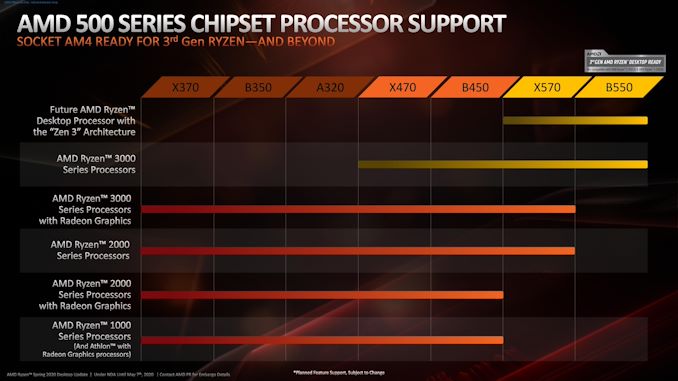
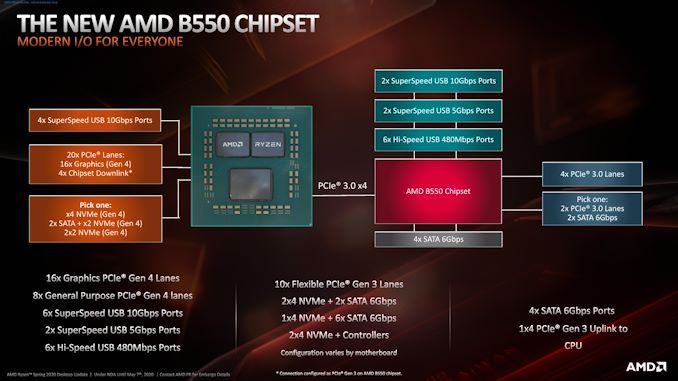
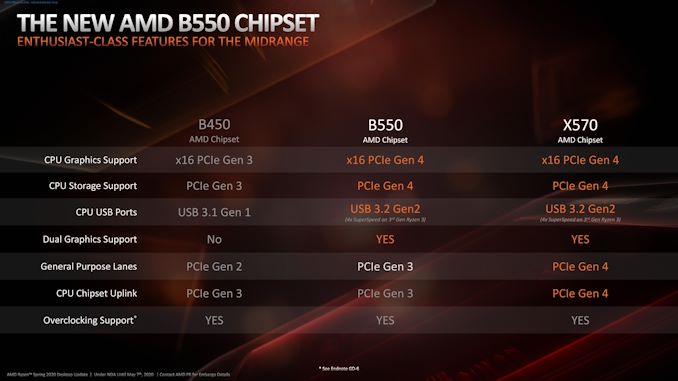

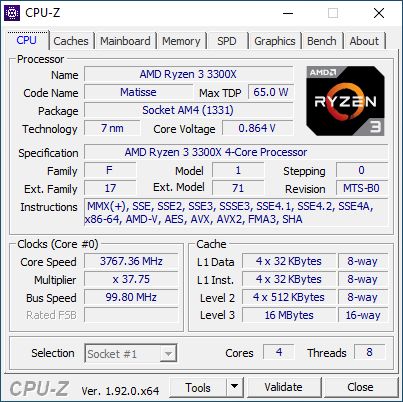
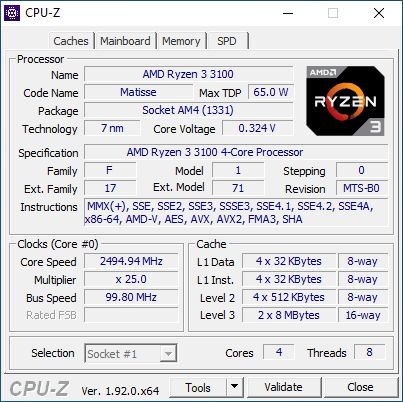


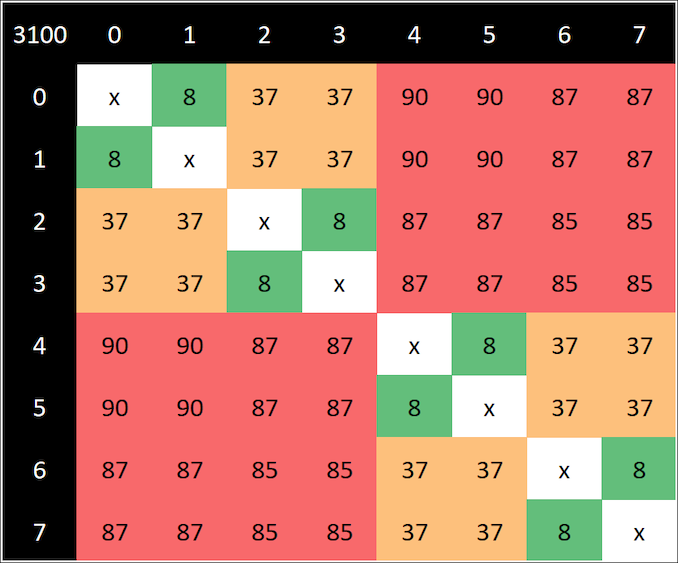
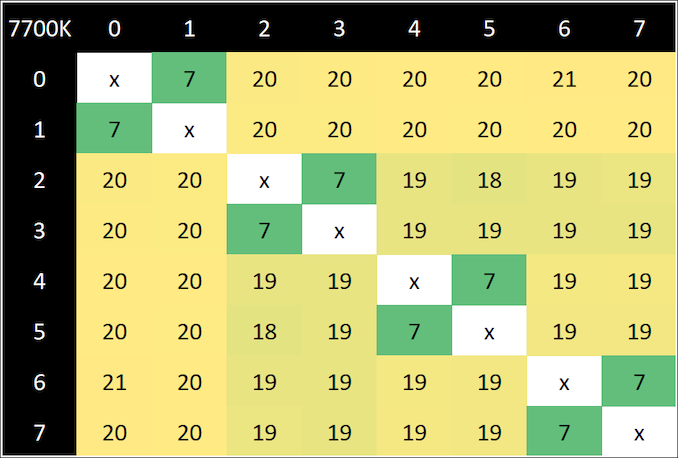








249 Comments
View All Comments
Spunjji - Monday, May 11, 2020 - link
The issue is that it's not informed. It's codswallop.PeterCollier - Monday, May 11, 2020 - link
You're talking about the article.Spunjji - Tuesday, May 12, 2020 - link
🤡psychobriggsy - Thursday, May 7, 2020 - link
Considering it shows the $120 AMD offering comprehensively beating the old i7-7700K, and says the current Intel budget offerings will be slower, and recommends the AMD processors, I find this comment rather brain dead.WaltC - Thursday, May 7, 2020 - link
One question I had is why AT chose to use the 2600 instead of the 3600...? Makes no sense to me, as the 3600 runs at 65W and the 3600X runs at 95W--just like the 2600--only the 3600 is appreciably faster--but costs the same! 3600 is MIA. No question but that the review benchmarks clearly demonstrate the superiority of the AMD offerings, but we already knew that. I see the omission here--deliberate--of the 3600--while including $425 Intel 6c/12t offerings--as surely an apology for Intel's inability to compete. Such is not needed, really. Apologizing in subtle ways for Intel is, I think, a pretty poor way to write a review on CPUs Intel cannot at the present time compete with--the 3100/3300. Getting right down to it--there was no need to include *any* 6c/12t CPUs here, right? Should have been comparisons only with Intel/AMD 4c/8t cpus, exclusively, imo. Selection of CPUS for *this review* didn't make any objective sense that I could see--beyond the obvious, of course (at least you didn't forget and leave the 3100/3300 out...;))evilspoons - Thursday, May 7, 2020 - link
I'm guessing the omission of the 3600X has something to do with, at the time I read this, they hadn't even finished all the benchmarks for the 3100. You know, the one in the headline. I don't think it's a conspiracy, just a time constraint.crimson117 - Thursday, May 7, 2020 - link
They didn't rerun the 2600 for this, they used existing benchmarks.They haven't ever benchmarked the 3600 previously, so it's not listed here. They do have the 3700X, however, which is essentially the same performance as a 3600 (except in heavily threaded workloads): https://www.anandtech.com/bench/product/2520?vs=25...
MDD1963 - Thursday, May 7, 2020 - link
I saw other testers on Youtube use the 3600, and, the 3300X was VERY surprisingly close to it's performance...; the 3300X's clearly quite strong threads and lack of inter -CCX -RAM latency issues are reaping benefits!BenSkywalker - Thursday, May 7, 2020 - link
The choices they use to compare are utterly bizarre. A three and a half year old Intel i7 and last generation Ryzen parts....?Legitimately, this review is useless if you are shopping *today*, not just from a team red versus team blue, but where this processor sits in today's market, no clue after reading this. One of my friends was looking for a budget gaming build and I was looking at a 3200G/B450 setup, how does this compare? Instead let's assume people have a time machine and are cross shopping two gen old Ryzen and three green old Intel parts....?
The charts aren't bad, they are terrible. Have an old i7 in there for reference, ok, put current Ryzen 3 and i3 inn there and if you don't have enough time *only* include them.
rabidpeach - Friday, May 8, 2020 - link
bro, they try to make a point with the reviews. if you want this comparison you use the cpubench feature of this website and compare any chip they tested on any of the tests they have. it's an actual feature not a bug. the point of this article and tests is to show entry level amd 100 price point is as powerful as 3 year old flagship-ish intel for the mainstream. it shows against the zen and zen+ hexacores that it catches up to them in many situations despite lacking in cores. this shows you amd is not just throwing cores at intel anymore. they have ipc too! ok any more spoon-feeding? would you prefer a spork?